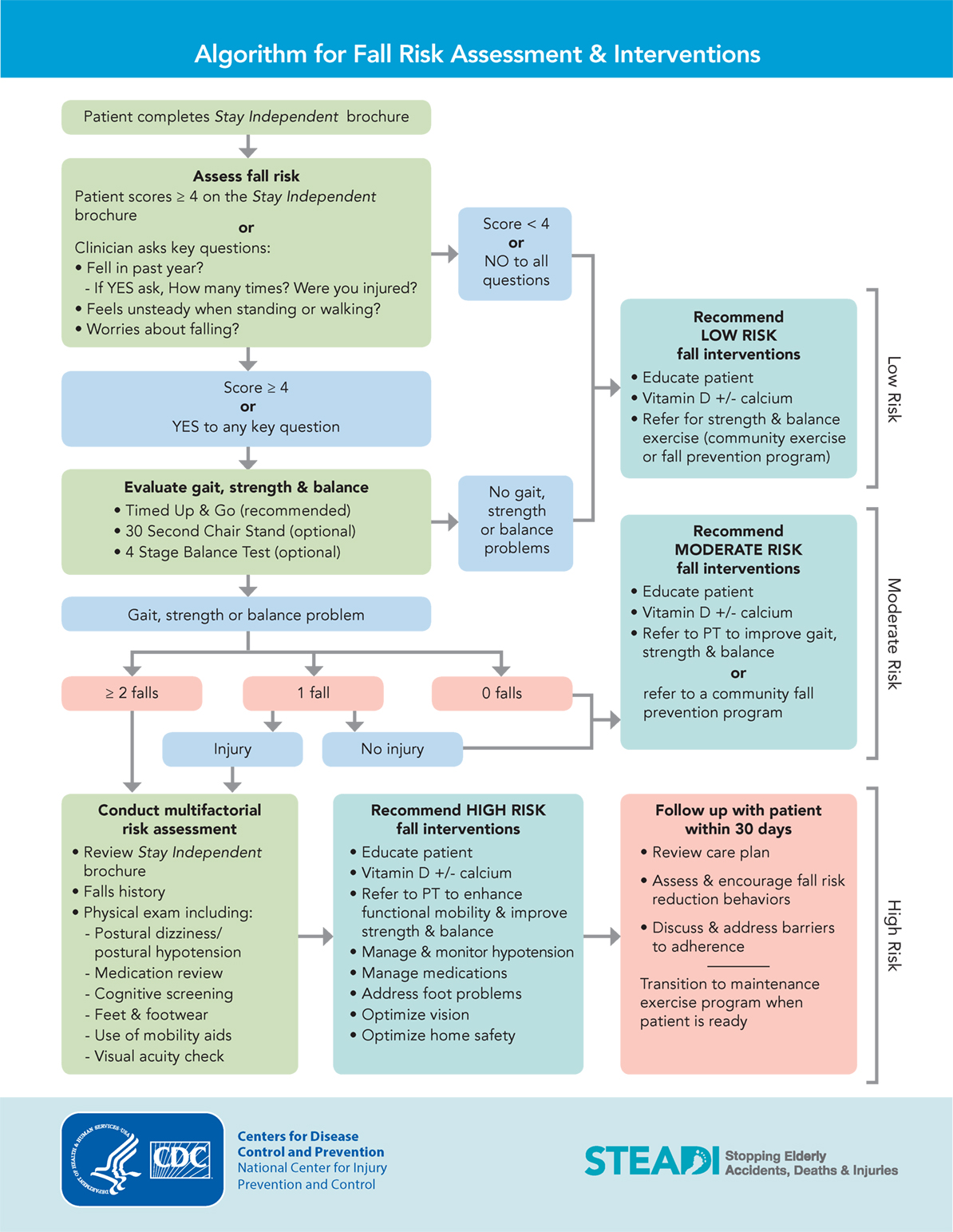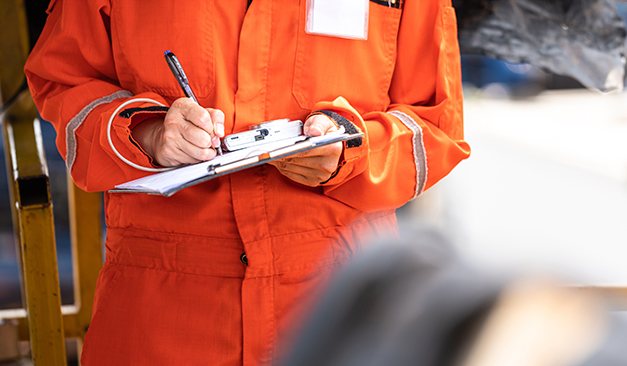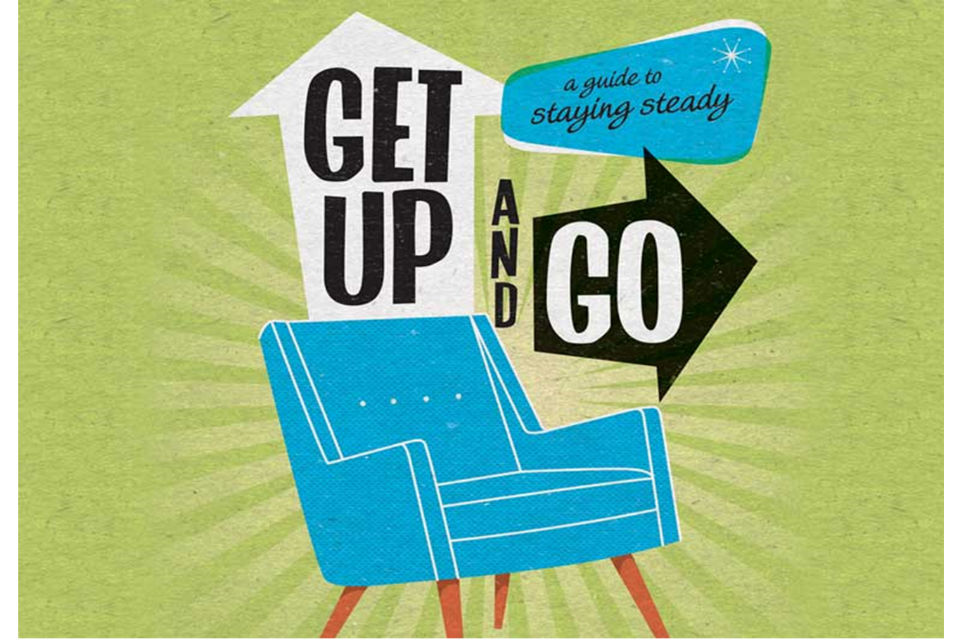Some Known Details About Dementia Fall Risk
Table of ContentsThe Ultimate Guide To Dementia Fall RiskIndicators on Dementia Fall Risk You Should KnowThe Greatest Guide To Dementia Fall RiskAbout Dementia Fall Risk
An autumn threat analysis checks to see how most likely it is that you will certainly fall. The analysis normally includes: This includes a collection of concerns concerning your total wellness and if you've had previous falls or issues with equilibrium, standing, and/or strolling.Treatments are recommendations that may reduce your threat of falling. STEADI includes 3 actions: you for your risk of falling for your risk variables that can be boosted to try to prevent drops (for example, equilibrium problems, damaged vision) to reduce your risk of falling by using reliable strategies (for instance, providing education and learning and sources), you may be asked several questions including: Have you fallen in the past year? Are you stressed concerning falling?
After that you'll take a seat again. Your service provider will certainly check the length of time it takes you to do this. If it takes you 12 secs or even more, it might suggest you are at higher threat for a loss. This examination checks strength and balance. You'll being in a chair with your arms crossed over your breast.
The positions will obtain more challenging as you go. Stand with your feet side-by-side. Relocate one foot midway forward, so the instep is touching the large toe of your various other foot. Relocate one foot totally in front of the various other, so the toes are touching the heel of your various other foot.
Facts About Dementia Fall Risk Uncovered
Many drops take place as an outcome of numerous adding elements; consequently, handling the danger of falling starts with recognizing the factors that add to drop danger - Dementia Fall Risk. Some of one of the most pertinent threat variables include: History of previous fallsChronic medical conditionsAcute illnessImpaired gait and balance, reduced extremity weaknessCognitive impairmentChanges in visionCertain high-risk medicines and polypharmacyEnvironmental elements can additionally enhance the risk for drops, including: Poor lightingUneven or damaged flooringWet or slippery floorsMissing or damaged hand rails and grab barsDamaged or improperly equipped devices, such as beds, mobility devices, or walkersImproper use assistive devicesInadequate guidance of individuals living in the NF, including those who show aggressive behaviorsA successful autumn threat monitoring program requires an extensive clinical assessment, with input from all members of the interdisciplinary group

The care strategy should likewise include interventions that are system-based, such as those that advertise a safe setting (suitable illumination, hand rails, get bars, etc). The effectiveness of the interventions should be examined occasionally, and the treatment plan changed as required to show changes in the loss danger evaluation. Related Site Implementing a loss risk monitoring system making use of evidence-based best technique can reduce the prevalence of falls in the NF, while restricting the capacity for fall-related injuries.
Dementia Fall Risk Fundamentals Explained
The AGS/BGS standard recommends evaluating all grownups aged 65 years and older for autumn threat yearly. This testing is composed of asking people whether they have actually fallen 2 or even more times in the previous year or sought medical focus for a loss, or, if they have actually not dropped, whether they really feel unstable when strolling.
Individuals who have dropped as soon as without injury needs to have their equilibrium and gait evaluated; those with gait or equilibrium abnormalities should obtain extra analysis. A background of 1 fall without injury and without stride or equilibrium troubles does not call for further assessment beyond ongoing yearly fall threat testing. Dementia Fall Risk. An autumn risk assessment is called for as part of the Welcome to Medicare assessment

Some Known Details About Dementia Fall Risk
Recording a drops background is just one of the quality indicators for autumn avoidance and administration. A critical part of risk assessment is a medicine review. Several classes of medicines raise autumn danger (Table 2). Psychoactive medications in specific are independent predictors of falls. These drugs often tend to be sedating, alter the sensorium, and harm balance and gait.
Postural hypotension can commonly be alleviated by reducing the dosage of blood pressurelowering medicines and/or quiting drugs that have orthostatic hypotension as an adverse effects. Use above-the-knee support tube and copulating the head of the bed raised may likewise decrease postural check out this site reductions in high blood pressure. The suggested elements of a fall-focused physical evaluation are revealed in Box 1.

A Pull time higher than or equal to 12 seconds suggests high Continued loss threat. Being incapable to stand up from a chair of knee elevation without using one's arms suggests increased loss risk.